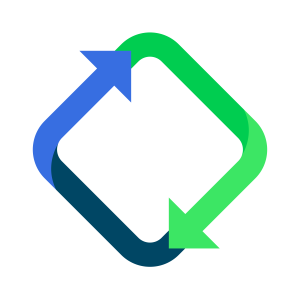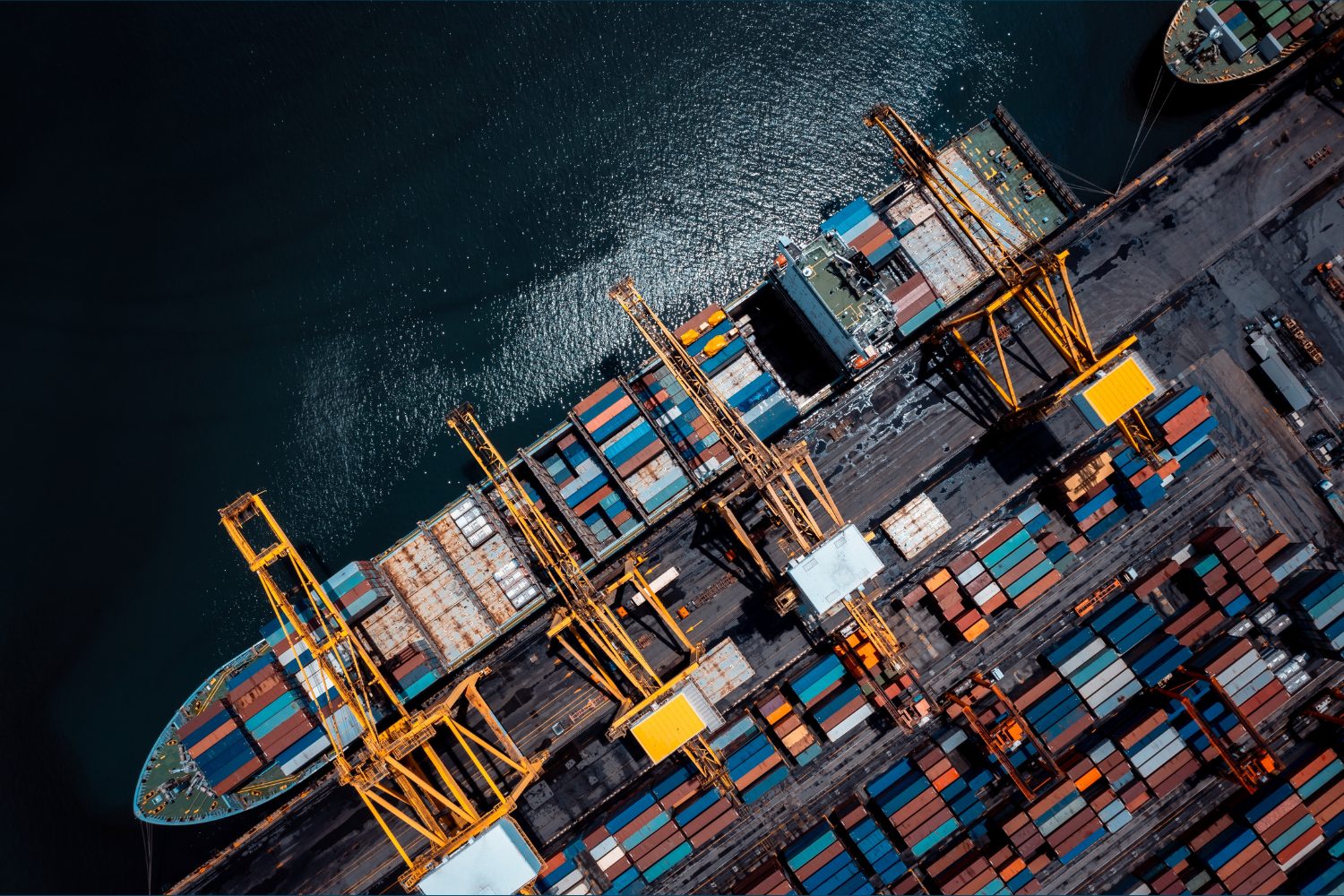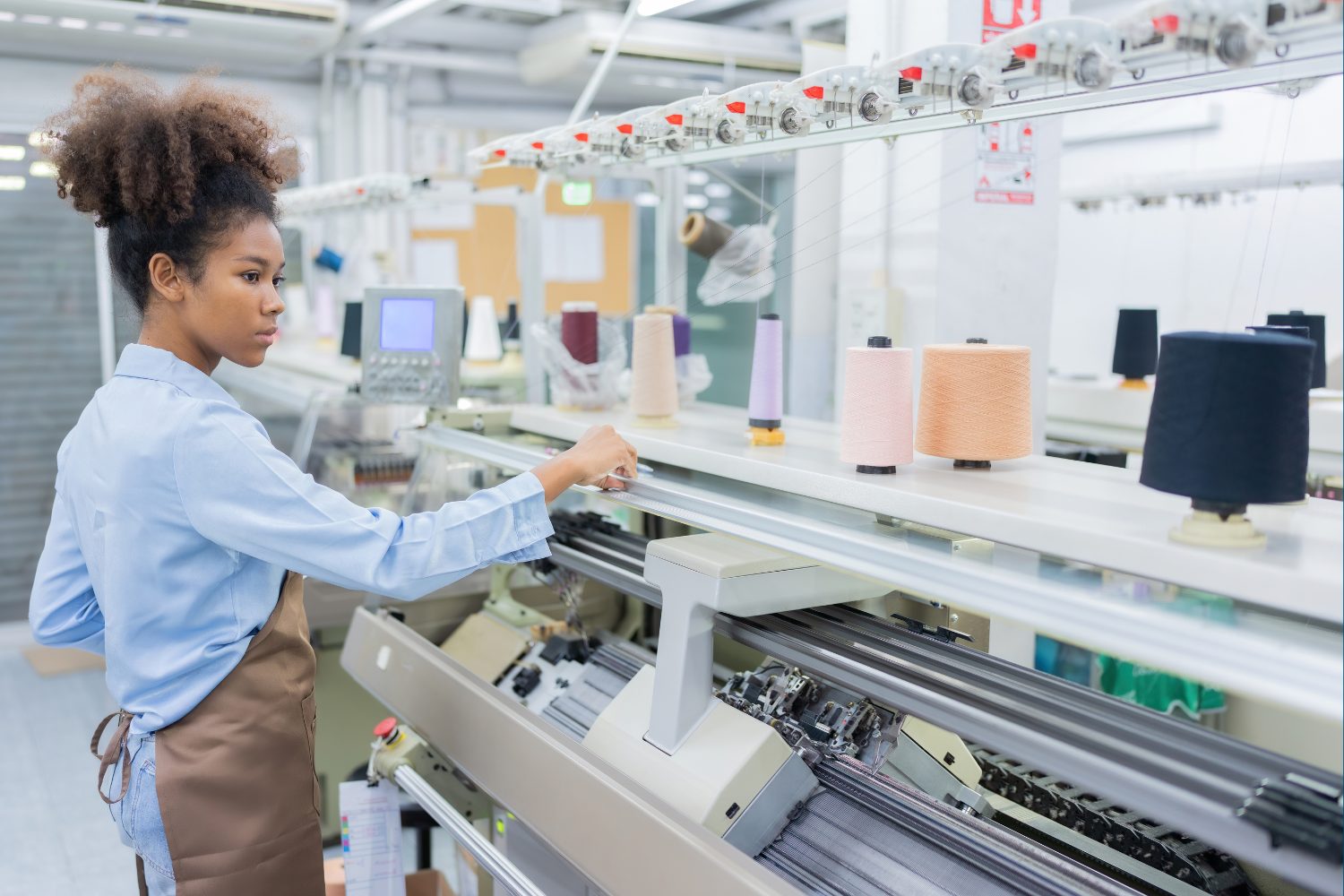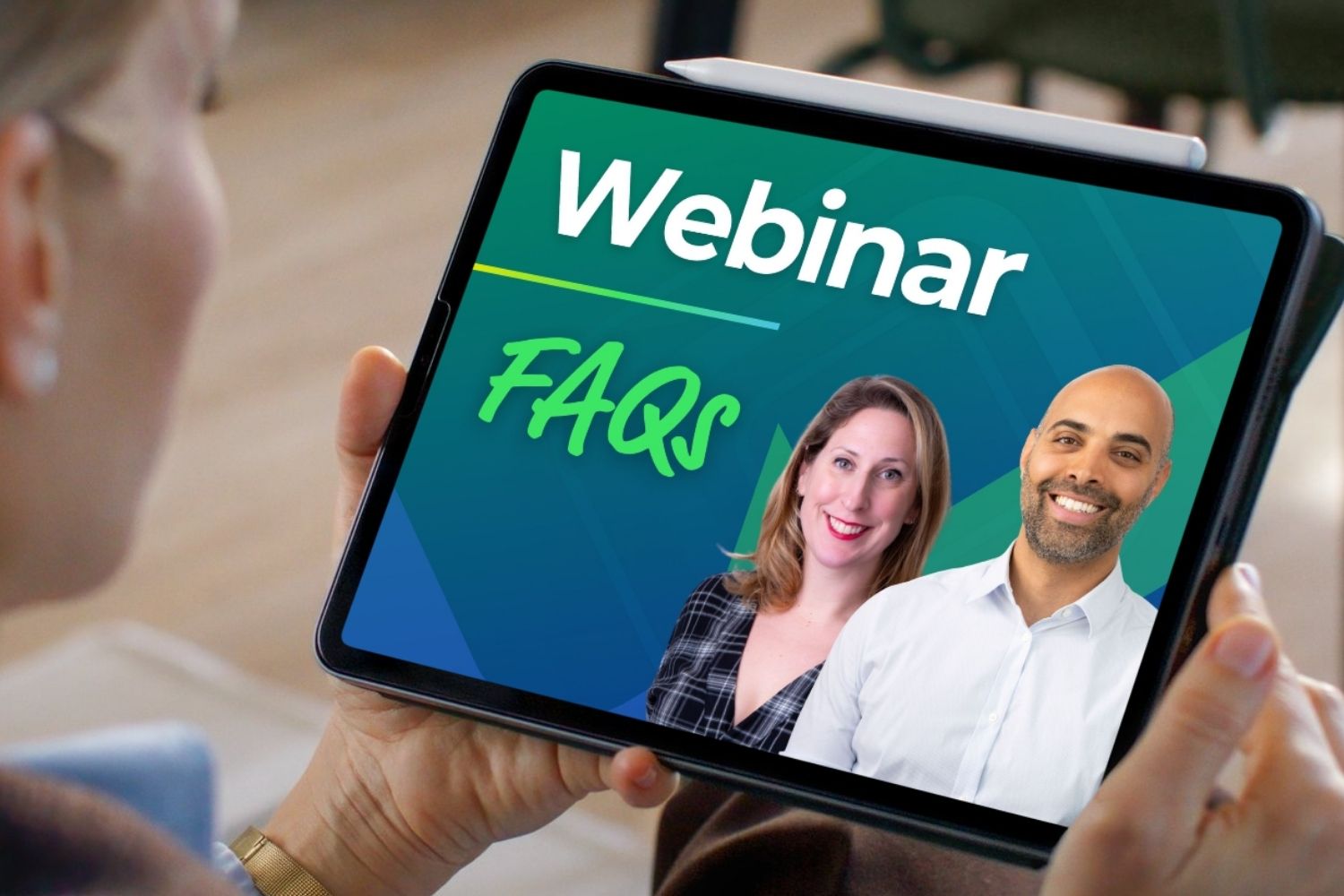PPWR and the Future of Packaging
The Packaging and Packaging Waste Regulation (PPWR), which came into force on 11 February 2025 and will take effect 18 months later. It represents one of the most significant changes to packaging policy in Europe. Rather than treating it as just another layer of compliance, many producers are starting to view it as the start of a new chapter. With clearer rules, shared goals, and long-term targets, PPWR opens the door to a future where packaging can be both practical and sustainable.
What Makes PPWR Different
The PPWR introduces several key objectives that will shape packaging across Europe. For producers, these changes offer both clarity and a chance to align with broader sustainability goals.
Some of the headline changes include:
- Cutting down on packaging waste is a key aim, with more emphasis on reuse and refill systems where they make sense.
- By 2030, all packaging placed on the EU market should be recyclable or reuseable in a practical and cost-effective way, with economic operators encouraged to increase recycled plastic content through fee modulation based on common rules.
- The regulation looks to boost the use of recycled plastics in a safe way, reducing how much virgin material is needed.
- Certain substances are under the spotlight, including limits on PFAS in packaging if levels go beyond agreed thresholds.
- Targets for recycled content are being phased in with requirements gradually increasing, with 2030 and 2040 set as milestone years to keep the sector moving toward circularity.
These points reflect a shift toward more sustainable and circular packaging systems, while giving producers a clearer framework to plan for the future.
Seeing Opportunity in the Change
Rather than viewing PPWR as only compliance, it can be seen as a chance to strengthen sustainability. With the right support, producers can use the regulation to improve data quality, manage risk, and find efficiencies in their packaging systems.
At RLG, we help producers turn regulation into a practical opportunity:
- Horizon Scanning Services keep businesses ahead of upcoming changes so there are fewer surprises and more time to adapt.
- EPR Assessments help businesses with a structured and detailed evaluation of their obligations across markets, supporting informed financial and operational planning.
- Packaging Data Management provides the foundation for compliance by ensuring packaging data is accurate, structured, and ready to meet reporting requirements.
- Packaging Compliance Support ensures producers meet obligations under the new rules without stretching internal resources.
- Data Insight Tools transform compliance data into actionable intelligence, revealing trends and opportunities for efficiency.
By aligning these services with regulatory needs, producers can move beyond merely meeting requirements and start using compliance as a driver for improvement.
Practical Steps to Begin the Journey
Many producers are asking the same question: where do we start? Every producer’s situation is different, but some steps can make the path to PPWR readiness smoother.
- Map your current packaging portfolio
Knowing what packaging you place on the market is the first step. Our Packaging Data Services make this process easier by centralizing, categorizing and verifying your data. - Understand your obligations
EPR requirements will be harmonized, but costs and obligations still need to be assessed. RLG’s EPR Assessments provide clarity and support decision making. - Track regulatory developments
PPWR is detailed and still evolving. Horizon Scanning gives producers early visibility of changes and helps them prepare before deadlines arrive. - Build compliance into business planning
Compliance is not just about meeting targets, it is about making packaging systems more resilient. Our Packaging Compliance Services take the weight off internal teams and ensure businesses stay aligned with requirements. - Use data for long-term value
The data collected for compliance can also highlight cost savings, material opportunities, and design improvements. RLG’s Data Insight Platform helps producers unlock this potential.
These steps are not about doing everything at once. They are about building confidence, reducing risk, and preparing for the future with the right tools in place.
Looking Ahead with Confidence
The next few years will bring visible change. By 2030, packaging across Europe will carry more recycled material, reuse will feel more familiar to customers, and businesses will be adapting to a more circular economy. The PPWR is a driver in that direction, but it is not the only one. What matters most for producers is finding a pace that works, building relationships that support progress, and treating compliance as part of a longer-term strategy rather than a short-term hurdle.









